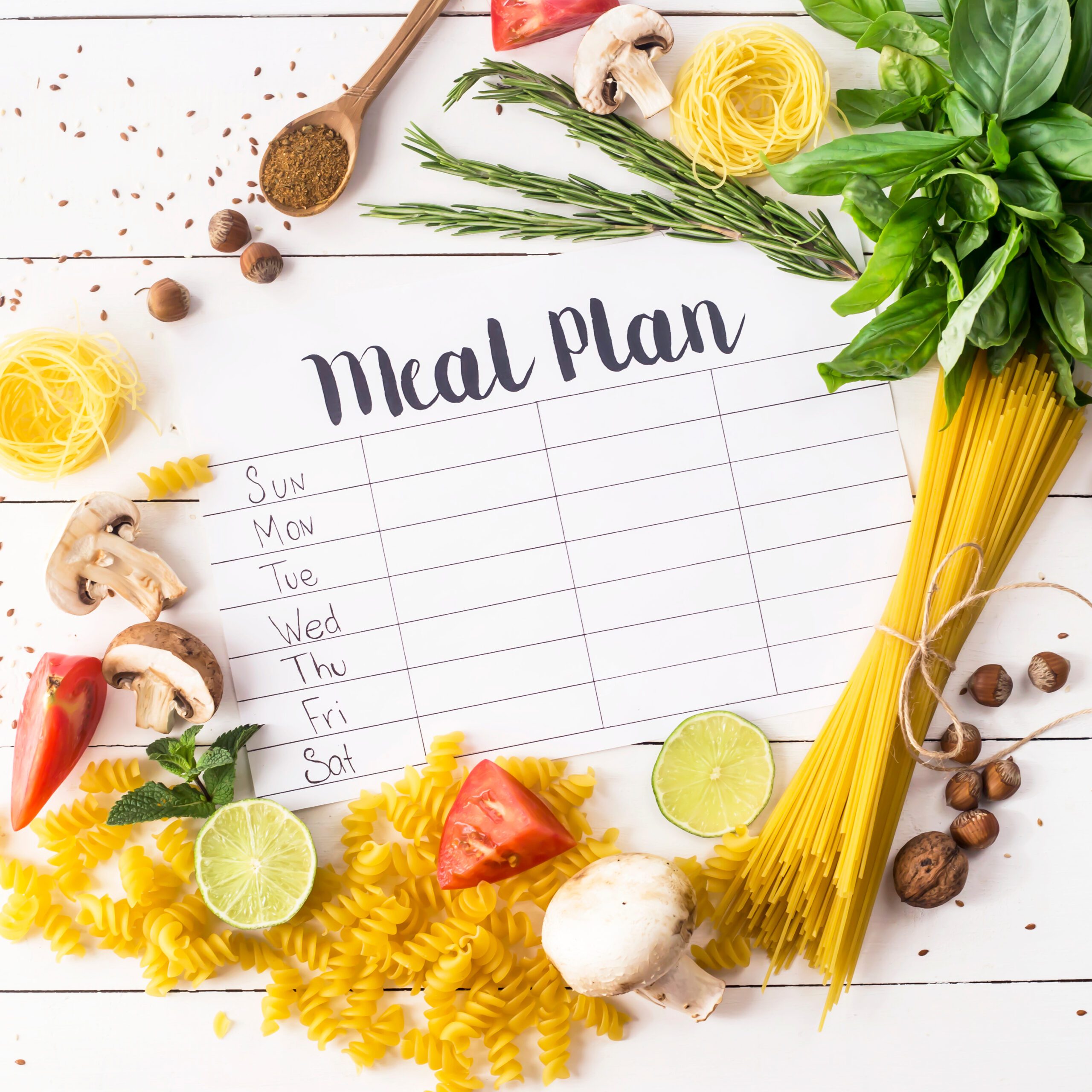The Italian Secret- Why Italians Are So Thin Even After Eating Pasta Everyday?
June 6, 2024
 620
620 
I have travelled myself to Rome, Milan, Portofino, Venice, Florence, Taormina and Lucca…in fact, I have been to Italy at least 10 times- and one thing that amazes me is this – ” How can I eat so much pasta and pizza and always come back home thinner than when I arrived?”
Was it because I did so much more walking? Was it because I was always on the go sightseeing and visiting all the historical sites?
The answer is NO!
It is a conumdrum- The Italians themselves indulge in wine and pasta daily yet maintain such amazing physiques…
What I discovered will blow your mind…I uncovered some truths that have been hidden from us in North America…truths about the the fundamental differences between Italian pasta and North American pasta that I am going to reveal today! These findings apply not only to weight management, but also to the impact of diet and fitness on longevity.
And when you read this blog, I am sure you are going to be convinced that the main cause of obesity in North America is not what you think it is.
Gluten is the protein found in wheat, barley, and rye. It has long been recognized that people who suffer from celiac disease or non-celiac gluten sensitivity (NCGS) have a difficult time tolerating high amounts of gluten because they can trigger an autoimmune response that leads to damage in the small intestine and poor absorption of nutrients. Those people can suffer with symptoms like bloating, diarrhea, fatigue, and headaches.
People who have not diagnosed with gluten intolerances can still suffer from intestinal inflammation, leaky gut, and gut bacteria imbalances. This can play a role in irritable bowel syndrome (IBS) and inflammatory bowel diseases (IBD)
Many modern wheat varieties have been bred to contain higher gluten levels. It serves to increase elasticity and how much the baked goods can rise. The problem is that altered gluten structure may be much more difficult for the human body to break down potentially leading to digestive issues and inflammation.
Commercial pasta production uses highly refined wheat flour that is stripped of nutrient-rich bran and germ portions of the grain. This can result in higher amounts of gluten and lower amounts of fiber, vitamins, minerals, and other beneficial compounds .
Higher gluten pasta may contribute to digestive problems, inflammation, and other health issues for some individuals By choosing whole grain or sprouted grain pasta, more nutrients and fiber can be provided.
In summary, Italian pasta is celebrated for its simplicity and high-quality ingredients. Traditional preparation methods that involves a slower drying process contributes to its nutritional benefits and superior taste. North American pasta is enriched with additional nutrients plus includes more additives and preservatives so it can be mass produced. This leads to differences in texture and health benefits.
Whole-wheat pasta is made from the entire grain. ie bran, endosperm, and germ. It is one of the healthy diet foods because it is higher in fiber, which helps with digestion and keeps you feeling full longer. Compared to white pasta, it contains more vitamins and minerals.
This gluten free pasta is made from chickpea flour and water. It is high in protein and fiber (12 grams of protein per cup). It contains other essential nutrients- folate, magnesium, potassium, and iron.
Gluten free and made from various beans and lentils like black beans, red lentils, and yellow peas. They are high in protein and fiber. One cup of chickpea-lentil pasta has up to 13 grams of protein and 6 grams of fiber. It also provides these essential nutrients like iron and zinc.
Guten free Soba noodles are made from buckwheat. They are high in fiber and contains B vitamins, iron, and magnesium. Soba noodles is also lower in calories compared to traditional pasta. Thus it may lower cholesterol and blood sugar levels.
Vegetable noodles like zucchini are made from spiralized vegetables that are very low in calories and carbohydrates and high in vitamins and minerals like vitamin C, folate, and B vitamins. you not only can increase your vegetable intake but also reduce calorie consumption.
Quinoa pasta is gluten free and often mixed with other flours like corn or brown rice to boost texture. It is a complete protein that contains all nine essential amino acids.…plus it is high in fiber and various vitamins and minerals. However, the mixing with other flours can reduce its protein and fiber content.
Brown rice flour is gluten-free and high in fiber, magnesium, and potassium compared to white rice noodles. This makes it a nutritious option and one of the healthy foods to eat.
https://www.bbc.co.uk/food/articles/european_countries_lower_obesity_rates
https://www.creativeedgetravel.com/post/how-italians-eat-so-many-carbs
https://burratahouse.com/blogs/health-wellness/how-italians-eat-pizza-and-pasta-daily-and-remain-thin
https://www.consumerreports.org/food/groceries/all-about-pasta-alternatives-a1024352250/
https://www.webmd.com/diet/ss/slideshow-best-pastas
https://www.ncbi.nlm.nih.gov/pmc/articles/PMC7827935/
https://www.wantedinrome.com/news/the-great-carbohydrate-debate-italy-vs-usa.html
https://www.mashed.com/1334057/starchy-difference-between-dried-pasta-italy-america/
https://burratahouse.com/blogs/burrata-cheese-blog/italian-pasta-vs-american-pasta
https://marcelliformaggi.com/blog/italian-gluten-free-pasta-everything-you-need-to-know/
https://papavince.com/blogs/news/is-gluten-different-in-italy
https://www.delaheart.com/blogs/food/the-differences-between-american-european-wheat-gluten
https://www.healthline.com/nutrition/signs-you-are-gluten-intolerant
https://www.webmd.com/diet/foods-high-in-gluten
https://www.hopkinsmedicine.org/health/wellness-and-prevention/what-is-gluten-and-what-does-it-do
https://www.ncbi.nlm.nih.gov/books/NBK538505/
https://www.healthline.com/nutrition/is-gluten-bad
Healthy Organic Pasta: The Real Story Behind Gluten Intolerance
7 Ingredients that can spell Italian: Common Ingredients in Italian Cuisine
https://www.ncbi.nlm.nih.gov/pmc/articles/PMC7019547/

A new study suggests that a widely used sugar substitute found in diet sodas, chewing gum, and low-sugar yogurt may elevate insulin levels. This could increase the long-term risk of heart disease. “Artificial sweeteners have infiltrated nearly all types of food, making it crucial to understand their long-term health effects,” said Yihai Cao, senior author […]

Diet Coke has long been a fan-favorite among soda lovers who want a fizzy, guilt-free alternative to traditional soft drinks. While its zero-calorie, zero-sugar label makes it seem like a healthier option, the reality is far more concerning. Despite its undeniable popularity, Diet Coke’s nutritional profile has raised red flags among health experts for years. […]

New study shows that embracing an anti-inflammatory, plant-forward diet can support cognitive function and help reduce the risk of dementia. What You Eat Shapes Your Brain The food you eat doesn’t just impact your body—it also affects your brain. Research suggests that eating an anti-inflammatory, plant-based diet can help improve memory, focus, and overall brain […]